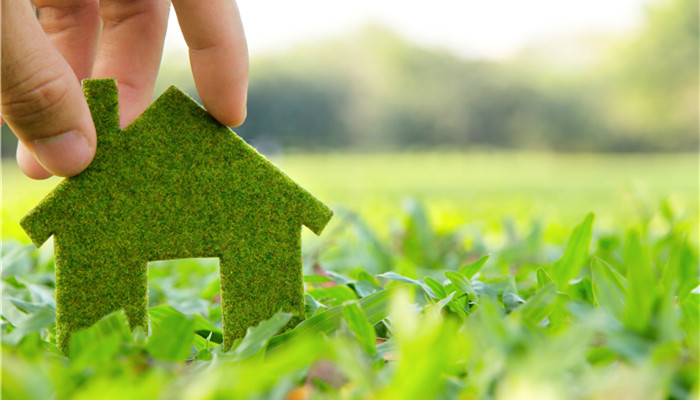
Under the strategic goals of carbon neutrality and carbon peaking, there is broad room for substitution of bio-based additives
Auxiliaries, also known as additives, are some compounds that must be added when the polymer (synthetic resin) is molded to improve its processing performance or to improve the performance of the resin itself. As fine chemical raw materials, additives play an important role in the polymer materials industry. In recent years, with the rapid development of the bio-based plastics industry, the market attention of bio-based additives has also been increasing.
In 2020, the global bio-based plastics industry production capacity will be around 2.15 million tons. Due to the short development time, the current proportion of bio-based plastics in the plastics market is still low. Against the background of increasingly stringent environmental protection supervision, the bio-based plastics market has strong development momentum. It is expected that the global bio-based plastics industry production capacity will exceed 20% in 2025. 3 million tons. my country is a major producer and consumer of plastic products. Under the strategic goals of carbon neutrality and carbon peaking, there is broad room for substitution of bio-based plastics. It is expected that from 2021 to 2025, my country’s bio-based plastics market will maintain a growth rate higher than the global average. .
According to the “2021-2025 Global Bio-based Additives Industry In-depth Market Research and Key Area Research Report released by the Industrial Research Center , with the development of the bio-based plastics industry, the supporting bio-based additives industry has also ushered in a good opportunity for development. In 2020, the scale of my country’s bio-based additives industry has reached 3.34 billion yuan, a year-on-year increase of 2.4%.
In the global market, the production capacity of bio-based additives is mainly concentrated in North America, Europe and Asia. Related suppliers include Clariant, Rudolf of Germany, BASF of Germany, Evonik Chemicals, etc. In the domestic market, companies engaged in R&D and production of bio-based additives include Gansu Jiulong New Energy, Shandong Jiqing Chemical Industry, Shanxi Chemical Industry Research Institute, Nantong Haierma, Shandong Haobo Biotechnology, etc. Compared with European and American countries, my country’s bio-based additives industry still has certain gaps in terms of product quality, product types, R&D investment, and production scale. The development of my country’s bio-based additives industry has a long way to go in the future.
There are many types of additives, including foaming agents, plasticizers, flame retardants, heat stabilizers, impact modifiers, lubricants, etc. my country is a major producer and consumer of additives. However, as downstream industries upgrade to low-carbon, efficient, safe and environmentally friendly directions, traditional additives can no longer meet the growing market demand. In order to cope with the needs of energy conservation, emission reduction and low-carbon economic development, , the research and development of new functional additives has become a national strategic need. In the future, driven by state support, technological empowerment, and corporate assistance, the bio-based additive industry will be upgraded to be environmentally friendly, high-end, and safe.
Industry analysts said that in the context of increasingly stringent environmental protection regulations, the bio-based plastics market has huge development potential. As bio-based plastics are important The market demand for raw materials and bio-based additives will be released accordingly. my country is a big country in the production and consumption of additives, and there is a broad space for substitution of bio-based additives. With the improvement of corporate research and development capabilities and the advancement of production technology, the scale of the bio-based additive industry will continue to expand, and the future development prospects of the industry are promising.

 微信扫一扫打赏
微信扫一扫打赏

